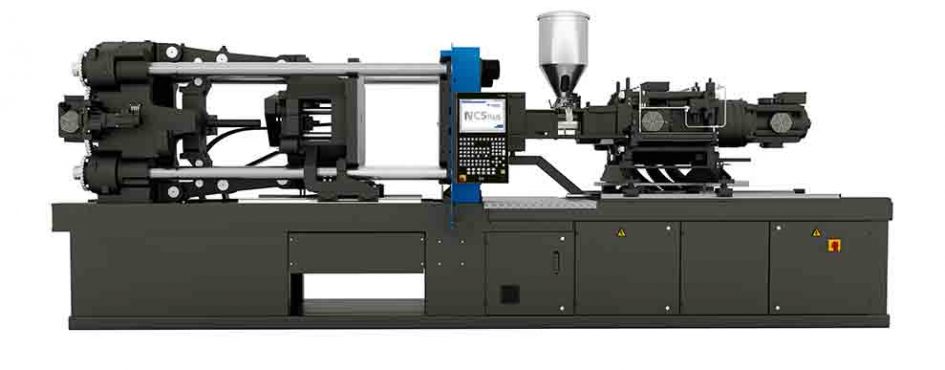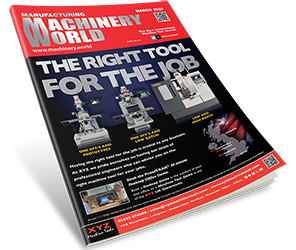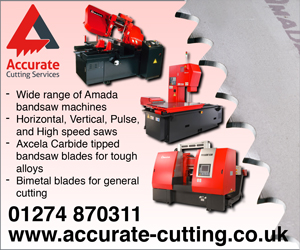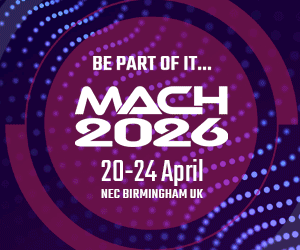When it comes to metrics like OEE (overall equipment effectiveness) and TCO (total cost of ownership), while the focus tends to be on energy consumption and productivity, reliability should be a close third. There’s a clear pathway to improving the reliability of your injection moulding fleet that stretches beyond regular maintenance, to choosing a model that is built for endurance, being smart about servicing and retiring equipment at the right time. Nigel Flowers, UK Managing Director at Sumitomo (SHI) Demag discusses the role of reliability.
Getting shot or not?
For car owners, it’s a universal and age-old dilemma: at what point do you trade your aging vehicle in for a newer model? The ideal time is whilst it is still reliable and before it requires major and costly repairs, but catching that point before it is too late isn’t easy.
The same advice applies – or at least should apply – in an industrial, injection moulding context; the reality is that too many moulders are either missing or ignoring that ‘tipping point’, and are still flogging machines that should have been traded in several years ago.
According to data collated by Sumitomo (SHI) Demag, there are approximately 15,000 injection moulding machines in the field in the UK. However, these are only being replaced at a rate of 650-700 new machines per year. This means there are a lot of aging machines still in operation. Put simply, moulders are leaving it too long before investing in new kit.
Most machines will last 15-16 years, but the question moulders should be asking is whether it is still economical to run a 15 year-old machine?
False economy
The problem with driving an injection moulding machine ‘into the ground’ is at some point it becomes a money pit. The amount of money spent on repairs can, in some cases, equate to half of the cost of a new machine.
It’s not just a waste of money, but also a missed opportunity to improve efficiency. Investing in new equipment yields direct benefits through lower service requirements as well as higher quality and output.
Spot the signs
There are a couple of ways of determining whether your machine is ready to retire. The first is to analyse how much you are spending on repairs
The second is being aware of spare parts obsolescence and able to recognise the early stages of failure of parts so that you don’t get into a situation where you are operating a machine that relies on obsolete parts.
Under EU law, suppliers are required to ‘guarantee’ 10-year spare part availability – that is 10 years after the last unit is built. After that, parts start to become obsolete. If a machine is nearing this point, it is a good indicator that it is a candidate for replacement.
The issue with ignoring impending obsolescence is that when certain parts fail, they will eventually become irreplaceable. Electronic parts such as micro-processors are a prime example of this, as the chips used in them today are very different than those of 15 years ago. The specialist pumps and valves on hydraulic machines are also ones to watch out for. Mechanical components such as castings are usually available for older machines but the lead times will often be longer and some will be expensive because they will need to be machined from scratch.
Making sure you don’t leave it too late before retiring a machine is important, but you don’t want your machine to be forced into early retirement either. This is where the choice of model comes into play.
MTBF maintenance metrics
Many moulders discount high performance all electric machines on the basis that the capital cost is far higher than that of a hydraulic machine. However, when considered in terms of overall cost of ownership, taking into account energy savings, productivity and reliability, the cost gap can be bridged. Sumitomo (SHI) Demag has supplied all electric machines that have yielded a return on investment within two to three years, which is often within the timeframe of most production plans and budgets.
In terms of reliability, where electric machines have the edge is that they have fewer moving parts and fewer wear parts. This translates to a significantly lower chance of breakdown, reduced requirement for servicing and more extended intervals between maintenance. A recent study of the company’s machines under warranty found that on the IntElect2, Mean Time Between Failure (MTBF) was on average 4.2 years – double that of an equivalent hydraulic machine.
Far less servicing is required with an electric machine too, resulting in less planned downtime. Internal studies carried out found that a 130 ton hydraulic machine needed 30 hours of service work, compared to just six hours for an equivalent IntElect model.
Seek out build quality
Whether you opt for electric or hydraulic architecture, the machine’s reliability will, to a large degree, be dictated by build quality. Although it can be difficult to pinpoint exactly what constitutes a robust design, there are some features that can usually serve as signs of quality.
Linear guidance for example usually goes hand in hand with robust construction as they are very precise and require a sturdier machine frame with minimal deflection.
Read the manual
It might sound obvious, but the single biggest thing users can do to ensure machine reliability and longevity is to carry out the service work highlighted in the instruction manual. This mainly centres on basic maintenance tasks, such as lubrication and changing fan filters. Such tasks are simple to perform but often overlooked, with dire consequences. If a fan filter is left to gather dust, for example, it will eventually stop working, causing the machine to overheat and break down. Planned maintenance invariably has a lesser impact on line efficiency than unscheduled downtime caused by a failing part.
Tailored healthcare
In the past, machine manufacturers used to recommend certain tasks e.g. oil changes or lubrication, be carried out at set intervals. Using machine data such as loads, cycle times etc., recommendations can now be adjusted according to usage – providing a far more customised and responsive plan than the traditional ‘fixed’ approach. Electric machines have far more sophisticated data gathering capabilities than hydraulic machines – parameters such as machine acceleration and deceleration and what load it is under are all checked via sensors, which makes for an even greater degree of optimisation.
Predictive maintenance
The next step is to move to a more predictive approach to servicing and maintenance. The optimum time to change a part is just before it fails, and now, this is entirely possible. The latest injection moulding systems can alert users to what maintenance needs to be carried out and what parts need to be replaced in advance. As an example, without predictive maintenance a worn clamp unit or a faulty valve may go undetected until it causes serious quality problems. With predictive maintenance, the scenario shouldn’t arise because the issue has already been anticipated and the offending part replaced.
What’s next?
Emerging technologies that promise to further enhance machine reliability are on the horizon. RFID tags could potentially serve as a platform to assess the health and performance of injection moulding equipment. Augmented Reality (AR) could be used in several ways to assist with machine support and diagnostics, for example, enabling in-house engineers to see what components are inside a cabinet without physically opening it. There is also scope for sharing of machine data between suppliers and customers if security obstacles can be overcome.
Reliability rarely goes hand in hand with excitement, but in injection moulding kit, reliability is where some of the most cutting-edge R&D efforts are focused.
http://uk.sumitomo-shi-demag.eu/







